





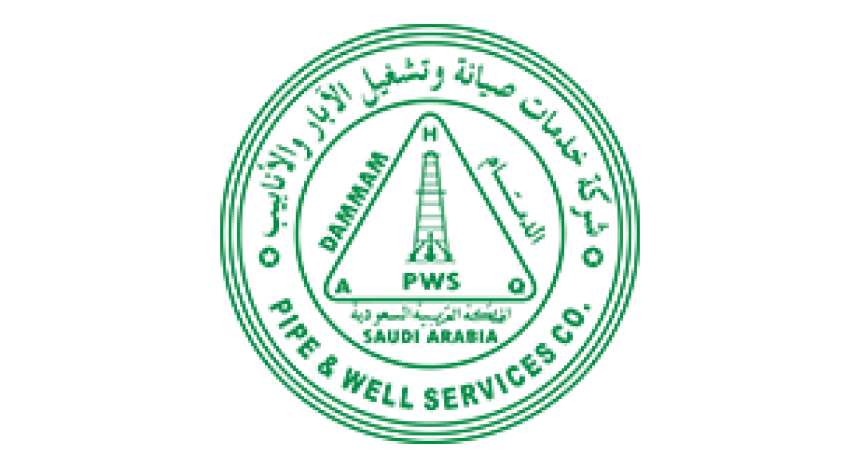







































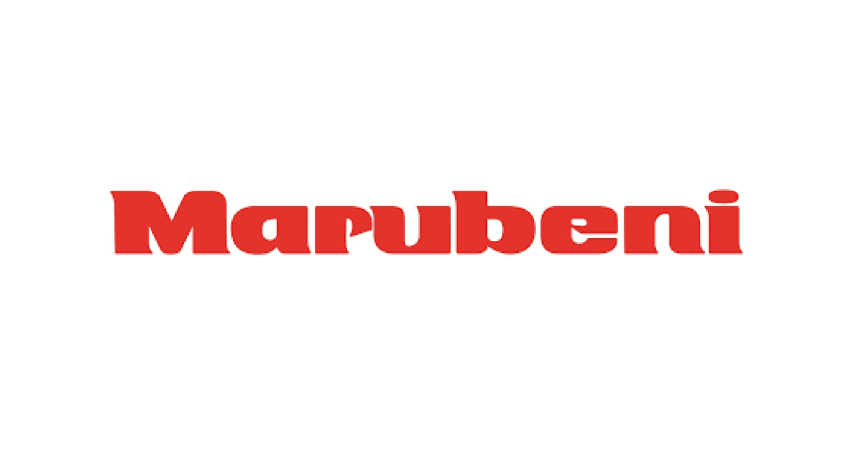


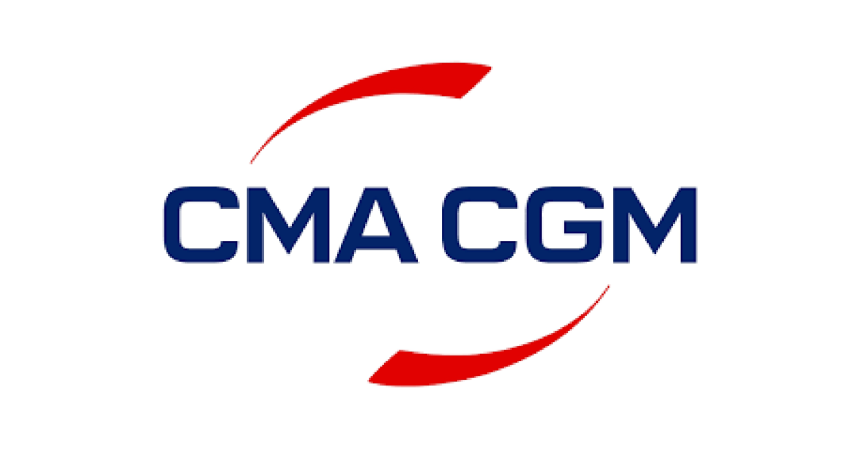




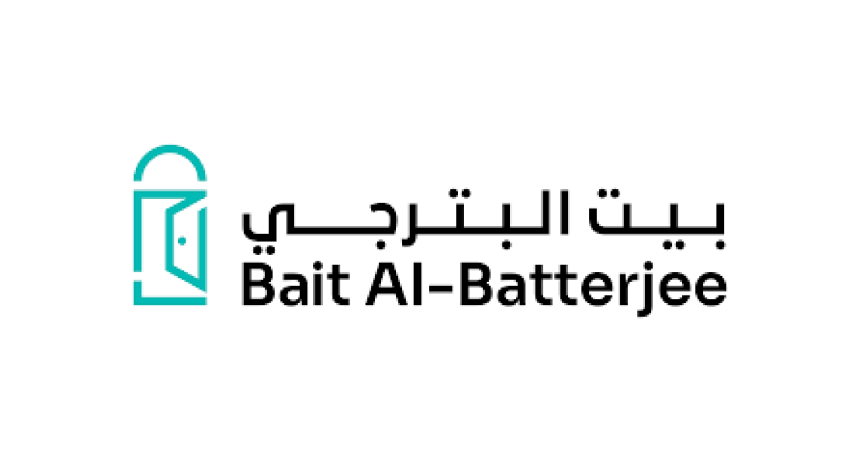
























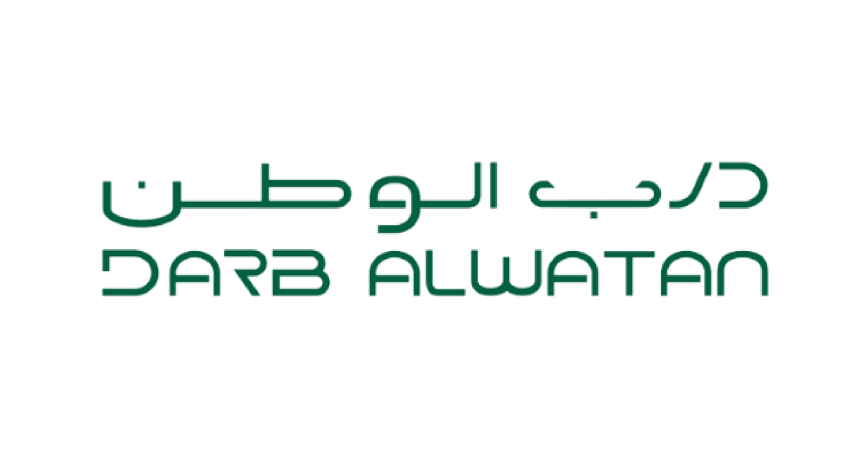








About Us
Cleaning of water tanks refers to the process of removing debris, sediment, and other contaminants from the inside of a water tank. This can include cleaning the walls, floor, and other surfaces of the tank to ensure that the water stored inside is safe for use.
There are several methods used to clean water tanks, including:
Manual cleaning: This involves physically scrubbing the walls, floor, and other surfaces of the tank with a brush and cleaning solution to remove dirt, debris, and other contaminants.
High-pressure washing: This involves using a high-pressure water spray to clean the walls, floor, and other surfaces of the tank.
Chemical cleaning: This involves adding chemicals, such as chlorine or other disinfectants, to the water in the tank to remove dirt, debris, and other contaminants.
What is cleaning Water Tanks?
The best tank cleaning & Sterilization company in Jeddah has a trained and specialized team with the skills necessary to clean and maintain tanks effectively and safely. In addition, they use appropriate and modern equipment to detect potential problems in tanks, and solve them quickly and effectively.
The team also has experience and high efficiency in dealing with faults. Common issues, such as leaks, corrosion, rust, sediment, germs, etc., work hard to ensure water quality and personnel safety.


What are the correct instructions when cleaning & Sterilization water tanks?
The following steps can be followed to clean groundwater tanks.
- Emptying the tank: The water tank must be completely emptied and disposed of.
- Preliminary cleaning: The tank must be cleaned by adding water and an appropriate cleaning agent and leaving the mixture for a few hours, until a substance begins to form Cleaning from dissolving sediment and impurities.
- Secondary cleaning: After leaving the cleaning materials for a few hours, the cabinet cleaning brush should be used to scrub the walls. The interior of the tank and get rid of sediment and suspended impurities.
- Rinse: The tank must be rinsed with clean water several times in order to get rid of any excess detergent or impurities.
- Sterilization: An appropriate sterilization material should be used for the tank and cleaned in an appropriate manner to ensure that there are no bacteria or viruses or harmful organic matter in the water.
- Filling: After thorough cleaning and sterilization, the tank can be filled with clean water. Tank cleaning should be repeated periodically, depending on local needs and applicable health standards.
Materials used to clean Sterilization water tanks
Several materials can be used to clean water tanks, and these materials include:
- Acid cleaning materials: used to remove calcium and rust from the inner walls of the tank, and include, for example, acidic.
- Alkaline cleaning agents: used to remove oils and fats, and include, for example, sodium hydroxide (caustic soda).
- Vital cleaning materials: used to get rid of germs and bacteria, and include, for example, chlorine and peroxide.
- Oxygen cleaning materials: used to remove plankton and organic impurities, and include, for example, hydrogen peroxide.
- Plant-based cleaning agents: Sometimes used as an alternative to chemicals, they include, for example, white vinegar and tree oil tea.
The appropriate material must be chosen for the type of tank and the type of pollutants present inside the tank. You must also follow the manufacturer’s instructions mentioned on the packaging or consult with a specialized expert before using any material to clean the tanks.


Why should you care about Sterilization the water tank from time to time?
The water tank must be cleaned periodically from time to time for many reasons, including:
- Sediment: Sediment and impurities can accumulate inside the tank over time, and this leads to a deterioration in quality water and may affect the health of users.
- Bacteria and viruses: Germs and bacteria may build up inside the tank over time, and this can lead to Water pollution and its consumption can cause serious health problems.
- Bad smells : Odors can build up inside the tank due to the build-up of sediment, bacteria and fungus.This leads to an unpleasant smell of water.
- Rust and Corrosion The constant buildup of sediment and other materials inside the tank can cause corrosion of the walls inside the tank and cause water leakage.
For these and other reasons. The water tank must be cleaned periodically to ensure the availability of clean and safe water, and the vision company is constantly working to improve the quality of tank cleaning services pan KSA to provide advantages with excellent service quality.
To learn more call our Services Specialist at +966 55 501 9365
Get In Touch
FAQs
For cleaning tanks, we use a specially designed suction machine of high pressure which cleans the tanks by removing 25 to 30% water of the tank and in this way it helps in cleaning the tank in a proper way and saves water also.
We can clean tanks between the 1000 liters to 1 megalitre with our advanced tools and makes our customer sufficient with our service.
Timing of cleaning depends on many factors such as on the capacity of tank if it is 1000 liters then it will take 30 minutes and if the capacity is 5000 liters then it will take an hours, the second factor is the state of tank means if it is very dirty or not cleaned for long times then it will take more time and also waste more water.
Many varieties of tanks can be repaired, but if it is not possible then we will recommend you to install the liner .
No, this depends on the dirtiness of the tank. If your tank is too dirty, or we have found dead lizard, bird, earthworm, and any other creatures then your tank will get emptied.
According to our knowledge water tank should clean in every 3 years for healthy water supply but if it is your personal tank or it has less contaminated then it will depend upon you that after how many years you want to take service.
As we believe in conserving the water and necessary of water in today world. If water is very dirty or found with any dead creature which can harm your health then, in this case, we emptied the tank.
Yes, we use advanced tool for cleaning the water and we know that this water is used for drinking and cooking so we assure to use hygienic and sanitize tools for cleaning.
This could happen because of many reasons like if your water supply pipes are cracked or junked then it will collect mud and water will bring with it and the supply of water is from underground or boring.
Septic tank generally overflows from half to a year according to its capacity. If you notice slow toilets flush flow and foul smell, please contact us for the service immediately.
Roofs and guttering are the main catchment area for household water tanks so its not surprising that substances such as heavy metals (from iron roofs, and paints), pesticides, decomposing leaf matter, bird and rodent carcasses and droppings, plus dust and grime can quickly make its way into your tank. This builds up over time to harmful levels.
When using roof water for drinking you must clean spouting regularly and keep your roof clear of bird and animal droppings, along with having your water tank inspected and/or serviced once a year. Healthy Water Tanks can help with all of this.
If you are lucky, you won’t know…… if you are unlucky you will know by how unwell you and/or your family are feeling. Symptoms of a sick tank may include poor tasting food and drinks, difficulty getting clothes really clean, build up in pipes and appliances. Physical symptoms include stomach upsets or vomiting, caused by organisms such as campylobacter, cryptosporidium, salmonella and giardia. People will often attribute the symptoms to something they have eaten rather than the water they have consumed, or washed in.
The best way to be sure is to have your tank inspected by our team at TFM .
Yes , there is a possibility that you could have any one of a number of different bacteria in your tank , these could be organisms such as campylobacter, cryptosporidium, salmonella and giardia.
Food and water borne diseases such as Giardia, Campylobacter and Cryptosporidium are unfortunately widespread in KSA . The parasites can live in the environment for long periods, especially in lakes, rivers, streams and roof water.
The Ministry of Health have produced several information pamphlets regarding the treatment and prevention of Campylobacter, E.coli and Salmonella, and Cryptosporidium and Giardia.
It’s fine, we can clean your tank with any level of water in it and water loss and down time is kept to a minimum.
Once your tank has been cleaned by Healthy Water Tanks Limited, Ministry of Health Guidelines recommend annual inspections of domestic water tanks.
Cleaning your domestic water tank is crucial for maintaining high water quality, preventing the growth of harmful bacteria, algae, and contaminants, and ensuring the safety of drinking water for your household.
Regular maintenance, including tank inspection and chlorination, not only protects your family’s health but also extends the lifespan of your water system.
Domestic water tank cleaning offers several important benefits:
Improved water quality: Removes contaminants, bacteria, and sediment that can degrade water quality.
Health and safety: Reduces the risk of waterborne diseases, such as Legionella, by eliminating harmful microorganisms.
Prevention of biofilm: Regular cleaning prevents the buildup of biofilm, which can harbour bacteria and other pathogens.
Enhanced water flow: Clears blockages from sediment and debris, ensuring optimal water pressure and flow.
Prolonged tank lifespan: Proper maintenance reduces corrosion and damage, extending the life of the water tank.
Odour and taste improvement: Eliminates unpleasant smells and tastes caused by stagnant water or algae growth.
Compliance with regulations: Helps meet local health and safety standards for water storage and usage.
Cost savings: Regular cleaning can prevent expensive repairs and the need for water treatment, ensuring efficient system performance
Cleaning a domestic cold water tank is essential for maintaining water quality and system efficiency. While it may be tempting to handle the task yourself, it’s highly recommended to hire a professional company for the following reasons:
Initial inspection: A professional will inspect the tank to assess its condition, identify any leaks, corrosion, or structural issues, and ensure it’s suitable for cleaning.
Draining the tank: The water tank needs to be completely drained before cleaning. Professionals have the right equipment to safely remove the water without contaminating other parts of the system.
Sediment and debris removal: Specialists will thoroughly clean the inside of the tank, removing sediment, sludge, and debris that can affect water quality.
Disinfection: A professional company uses safe, industry-approved chemicals to disinfect the tank, effectively eliminating harmful bacteria, algae, and biofilm.
Flushing: After cleaning and disinfecting, the tank is flushed to remove any remaining chemicals, ensuring the system is safe for use.
Refilling and testing: Once the tank is clean, professionals will refill it and test the water to ensure it’s safe for consumption.
By hiring a professional, you can ensure that the cleaning is carried out to the highest standards, reducing health risks and ensuring compliance with safety regulations.
Additionally, a specialist can spot potential issues early, preventing costly repairs in the future.
It is generally recommended to clean your domestic water tank at least once a year to maintain optimal water quality and prevent the build-up of contaminants.
Several factors can influence how often this should be done. The frequency of cleaning largely depends on tank usage, as households with higher water consumption may require more regular maintenance to ensure the water remains safe and clean.
Here are key signs that indicate your domestic water tank needs cleaning:
Discoloured water: If the water appears brown, cloudy, or has sediment, it may indicate rust, dirt, or contaminants in the tank.
Unpleasant odours: Foul smells from taps can be a sign of bacterial growth or stagnant water inside the tank.
Poor water flow: Sediment buildup in the tank can block pipes, reducing water pressure or causing uneven water flow.
Presence of algae or mould: Visible green or black growth inside the tank indicates that algae or mould has developed due to poor maintenance.
Tasting abnormalities: A metallic or foul taste in the water could signal contamination or chemical imbalance in the tank.
Loud noises: Gurgling or other unusual noises from the tank can indicate a problem with sediment or debris accumulation.
Visible debris: Sediment or dirt visible through inspection hatches or floating in the water is a clear sign that cleaning is overdue.
Long time since last cleaning: If it’s been more than a year since the last cleaning, it’s time to have the tank checked and cleaned.
Preventing contamination in your domestic water tank requires a proactive approach that includes regular cleaning, proper maintenance, and vigilant monitoring of water quality, including chlorination and biofilm control.
To effectively safeguard the water supply, homeowners should conduct regular inspections of the tank itself, paying close attention to seals and fittings that may wear over time. Regular checks help identify potential issues before they escalate into significant problems.
Maintaining plumbing systems is crucial; leaks or defects in pipes can lead to unwanted contaminants, including bacteria and debris, infiltrating the water source.
Employing a reliable filtration system can further purify the water, offering peace of mind about overall safety.
Consider using environmentally safe cleaning products while sanitising the tank to avoid introducing harmful substances, ensuring effective legionella prevention.
Ultimately, integrating these practices into a routine maintenance schedule will significantly enhance water quality.
Whilst it is possible to clean your domestic water tank yourself, it is recommended to hire a professional.
It requires specialised equipment, training, and knowledge to properly clean and disinfect a water tank.
On average, it takes 2-3 hours to clean and disinfect a domestic water tank.
The duration of the cleaning process depends on the size and condition of the water tank.
It is important to regularly check and maintain your domestic water tank after cleaning. This includes routine inspections, plumbing checks, repairs, and keeping the tank covered to prevent contamination.
Our company also offers maintenance services, including water tank maintenance and the use of proper cleaning chemicals, to ensure the longevity and safety of your water tank.
